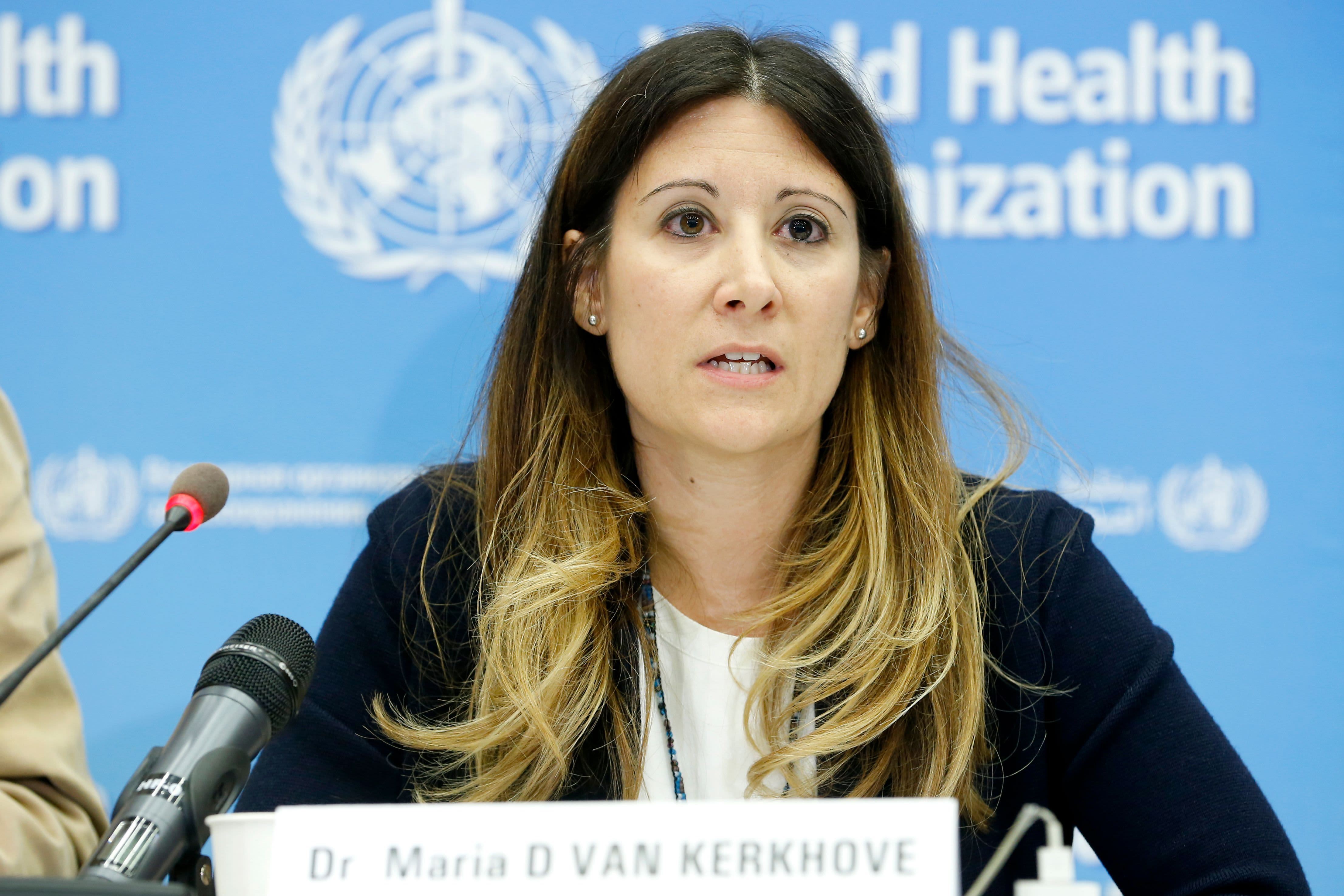We have given up. I’m not saying we shouldn’t open, so all you that have fingers ready on your keyboard just back off. I mean we went from closed to open. Phases are a joke. Give people a inch and they will take a yard as the saying goes. Phases need to be much slower or we will see what we are seeing now. We have states going from a 2 week first phase and immediately going into second. Not enough time to determine what’s going on.Tell people they are allowed to venture out but with masks and distancing and you will have many taking advantage. It’s a natural human response for people that really don’t care in the first place and think it’s all been a joke. Texas hospitals are getting crushed right now. Let’s hope the other 25 states that are going up don’t encounter the same thing. Was the reason for social distancing in the first place, not to overwhelm them.
Meanwhile in my area, NJ shores and beaches have opened and the parties have started.
The beach house attendees were all college-age students, who gathered in Cape May County for Memorial Day weekend.

patch.com
All young college guys but they are now testing parents of them all and people they have been in contact with. Give a inch... let’s hope all the elderly that they have been in contact with are ok.




